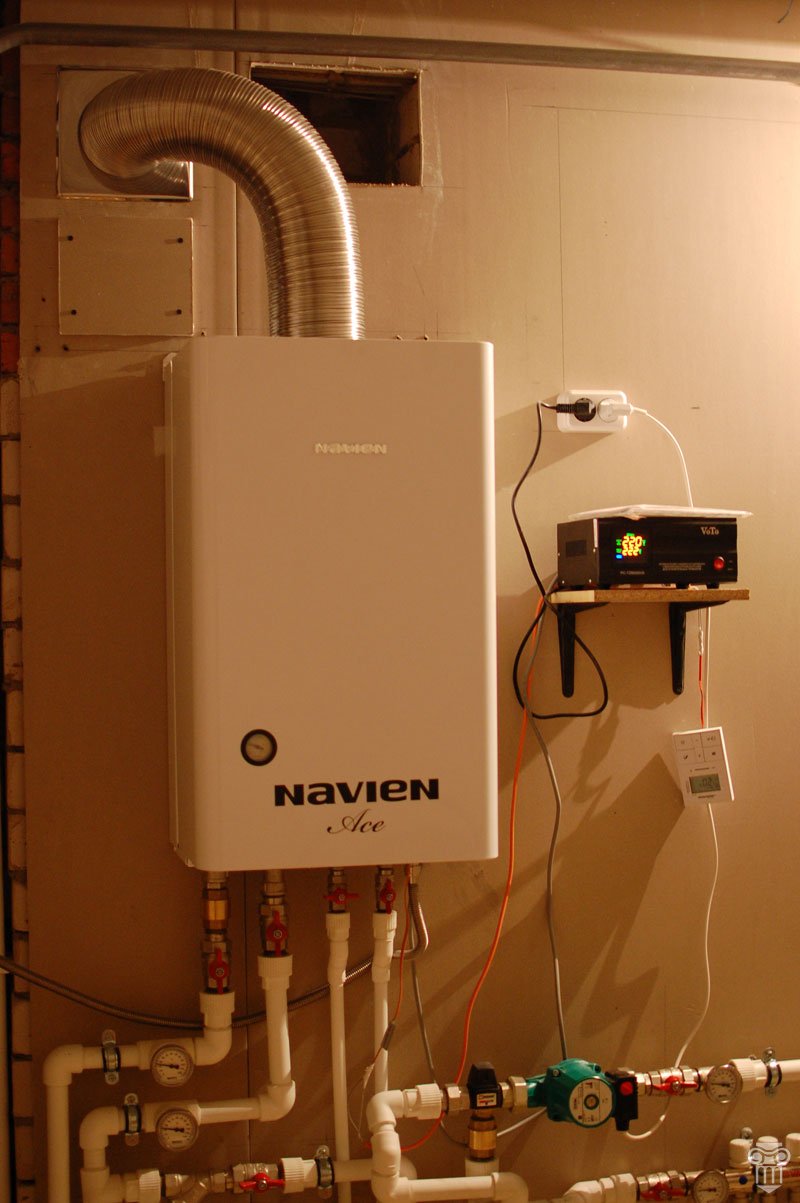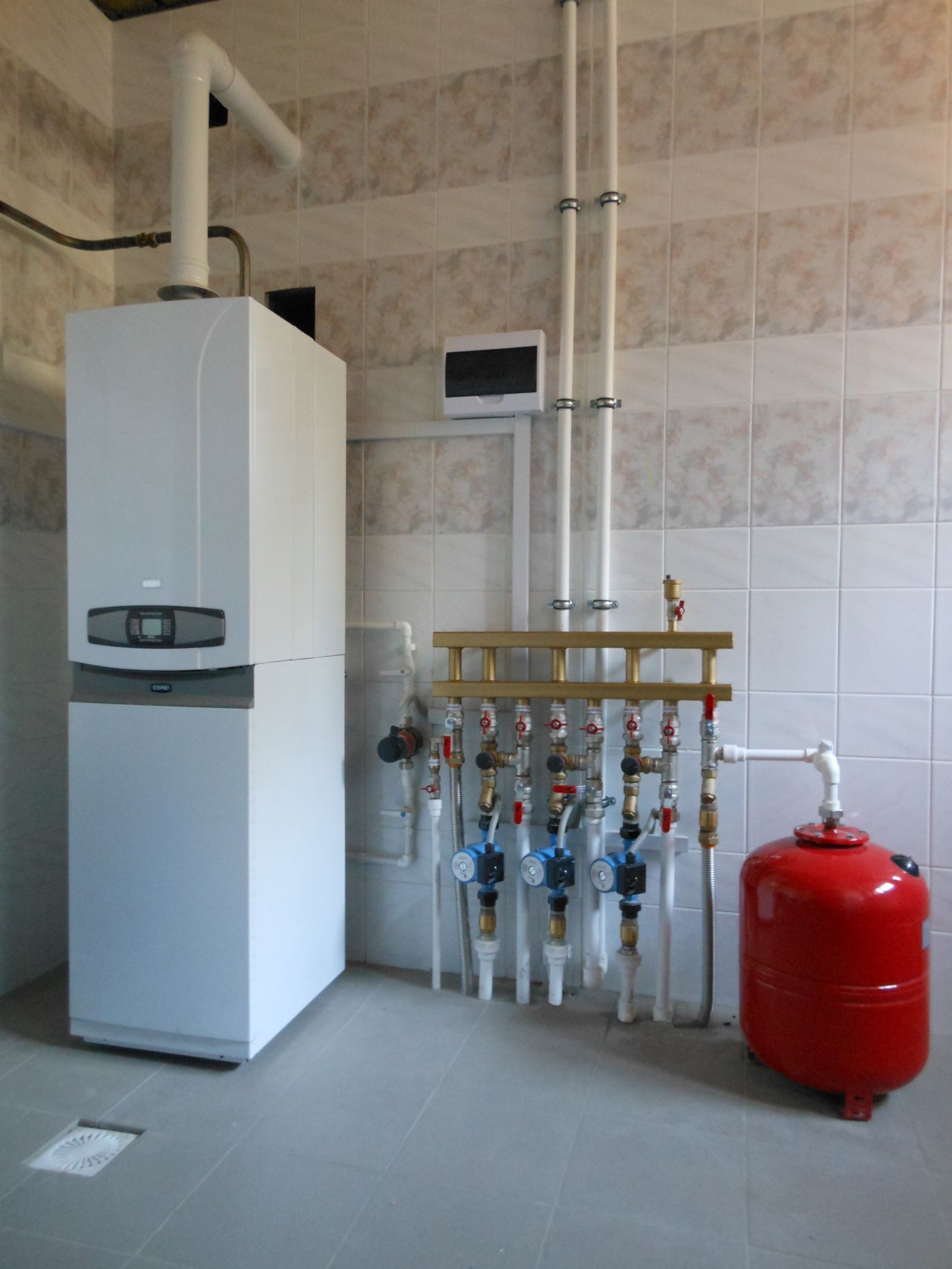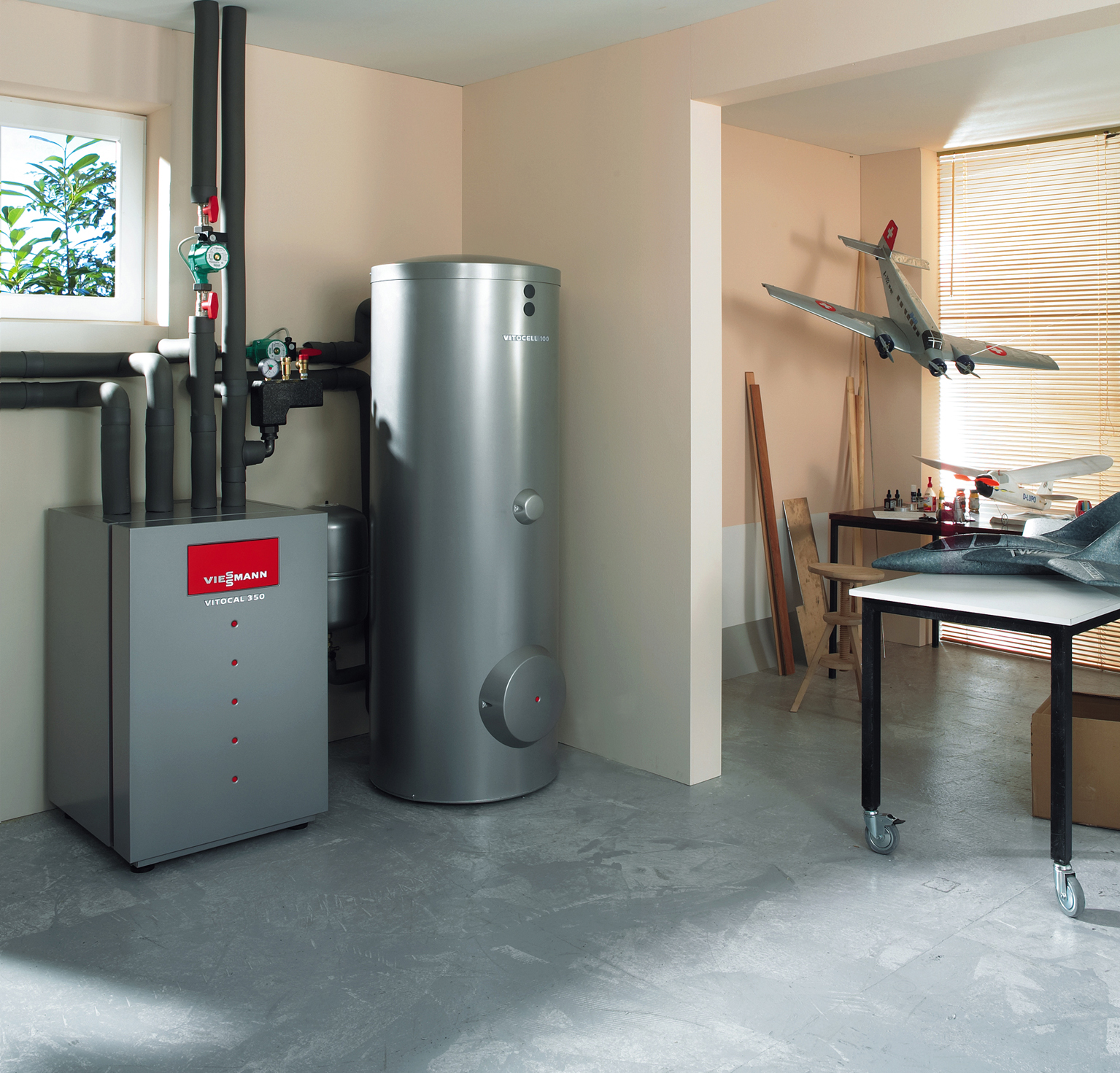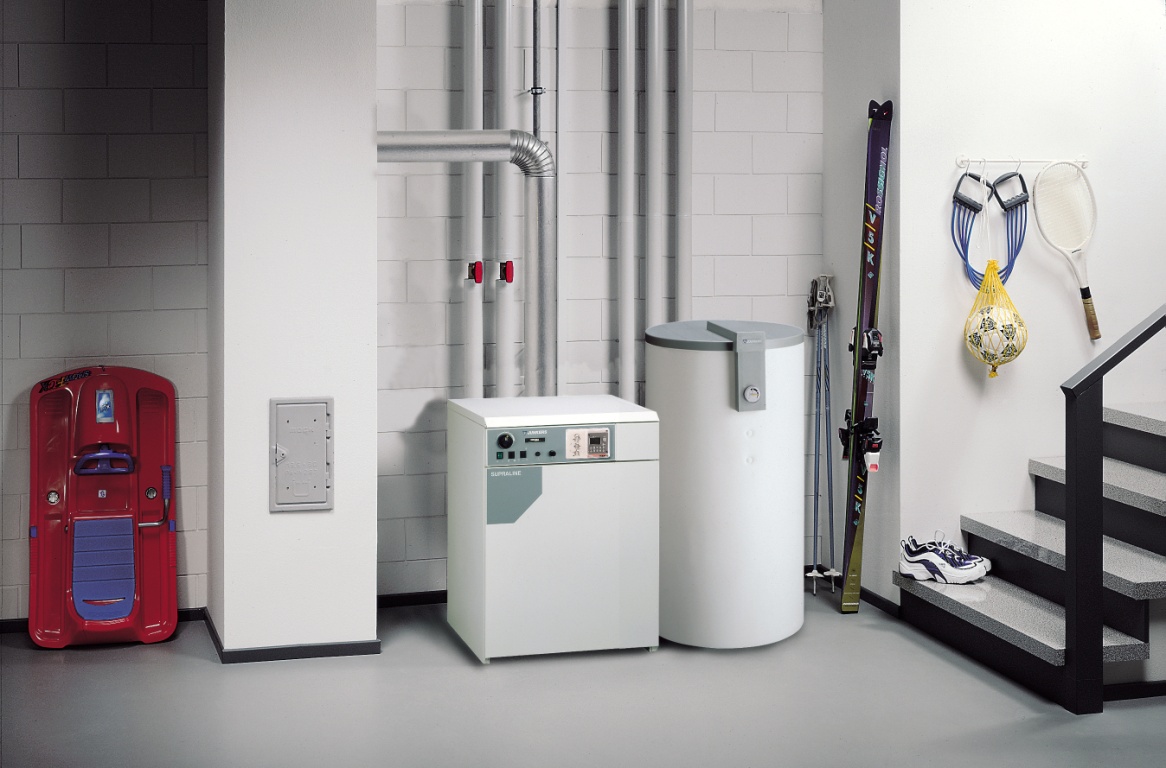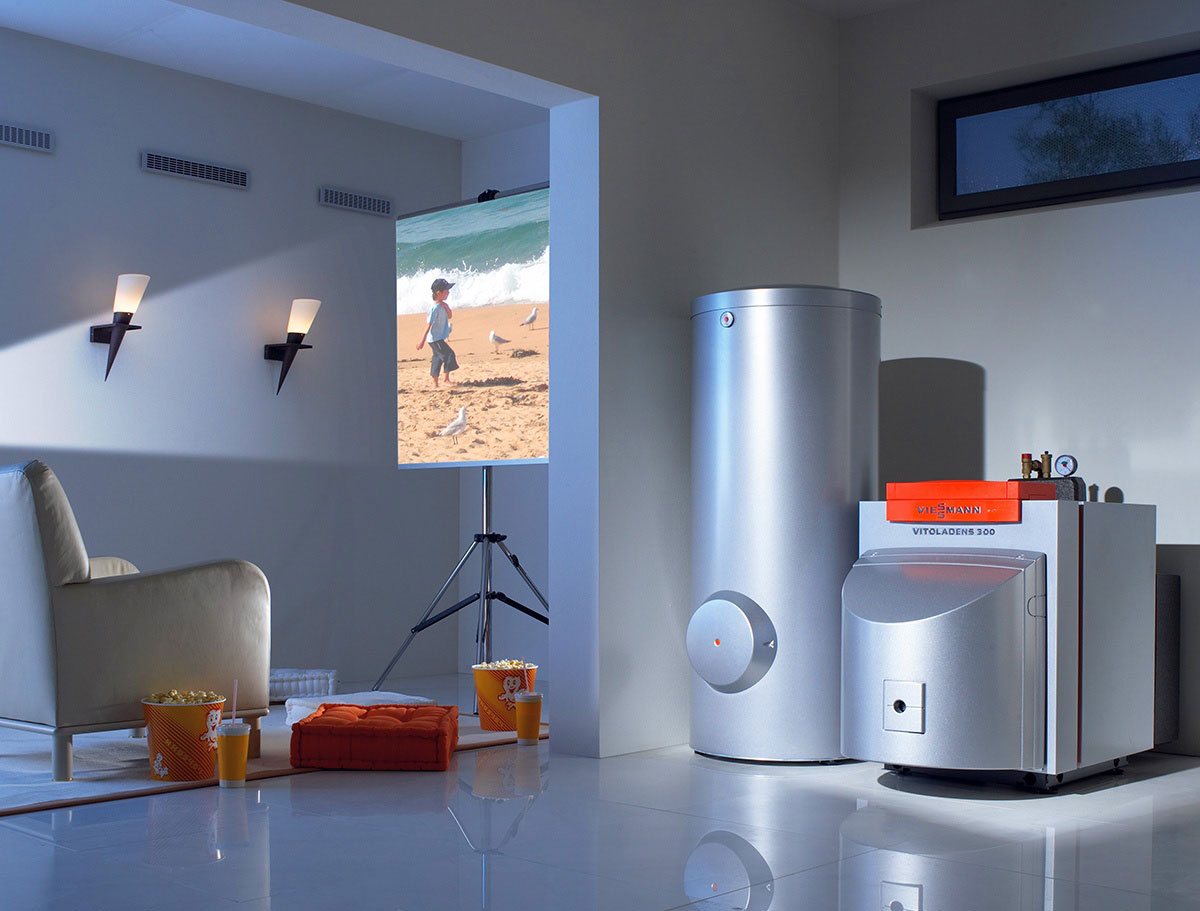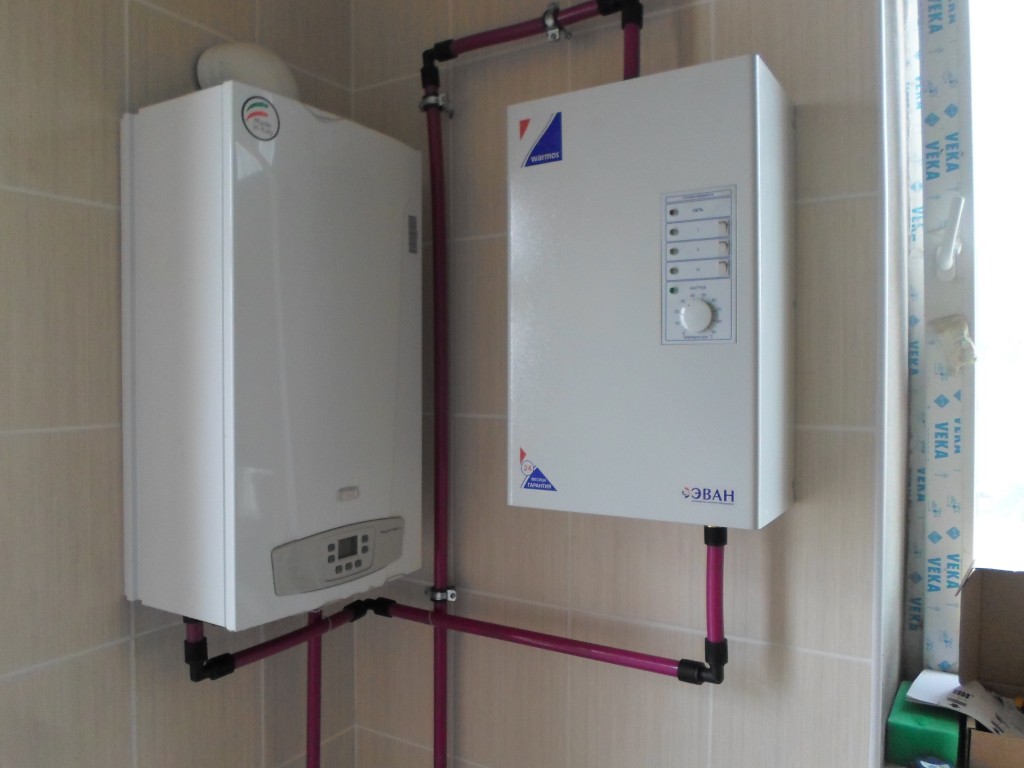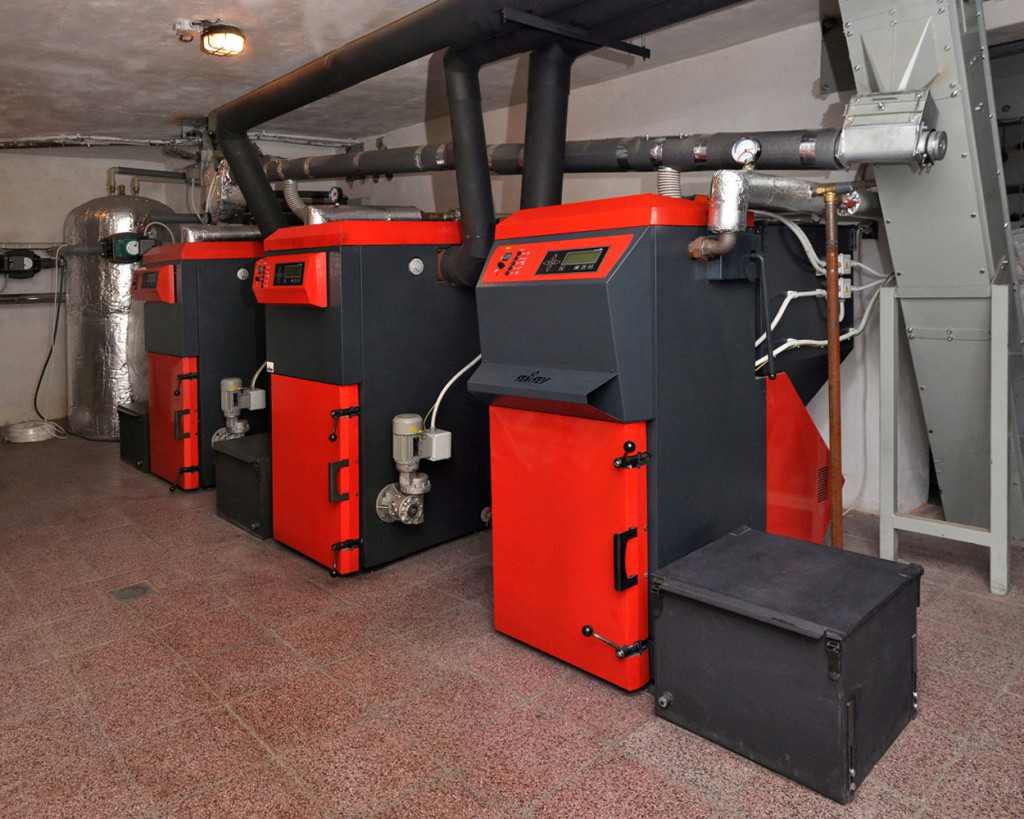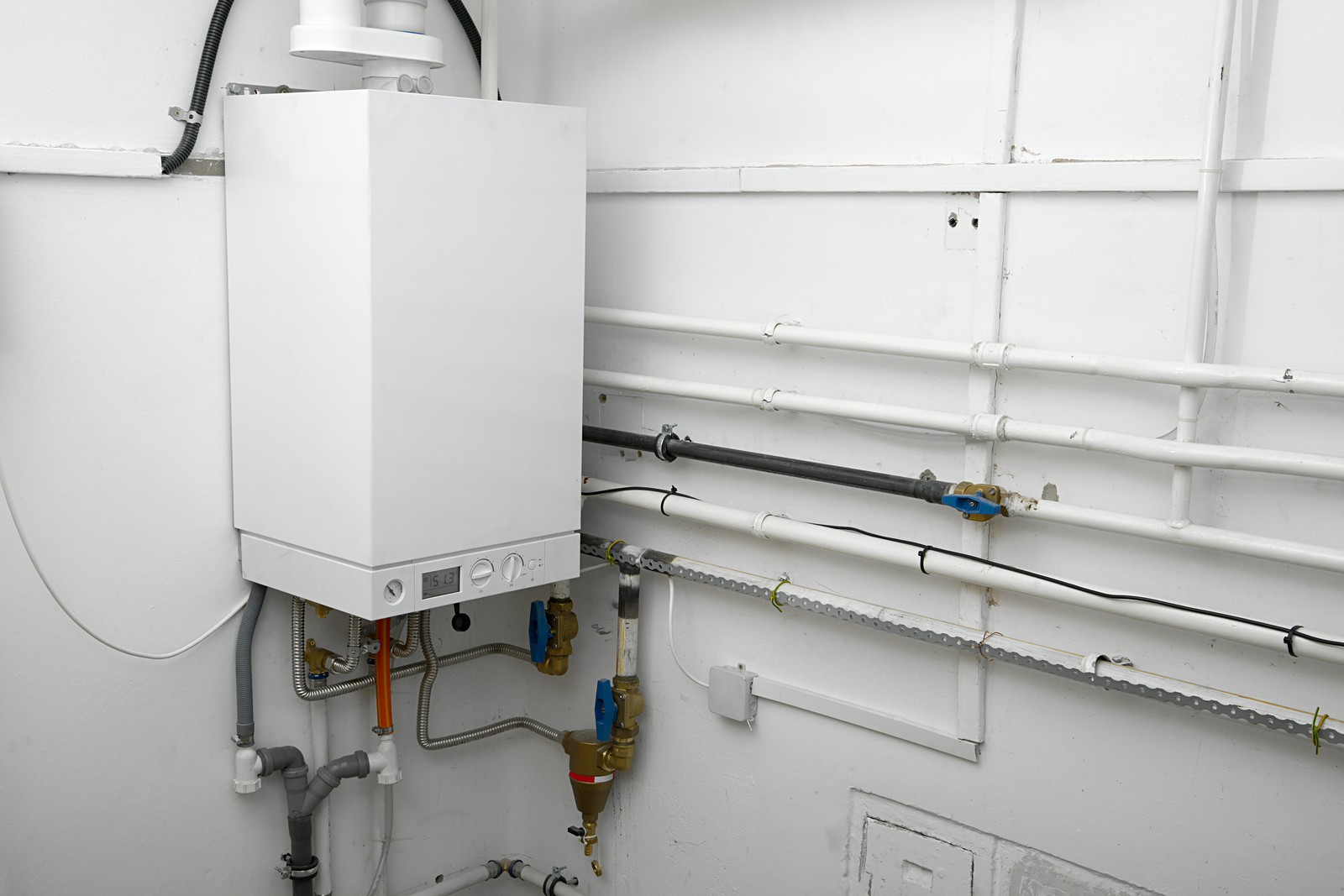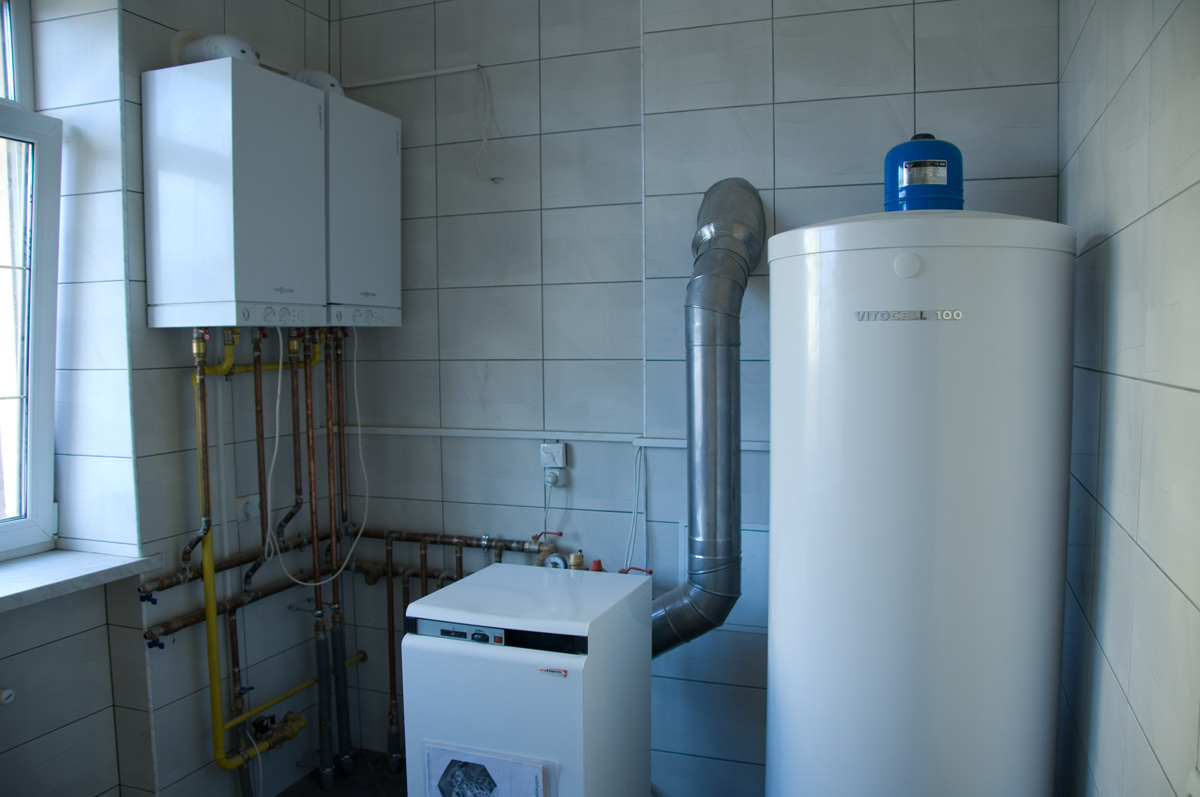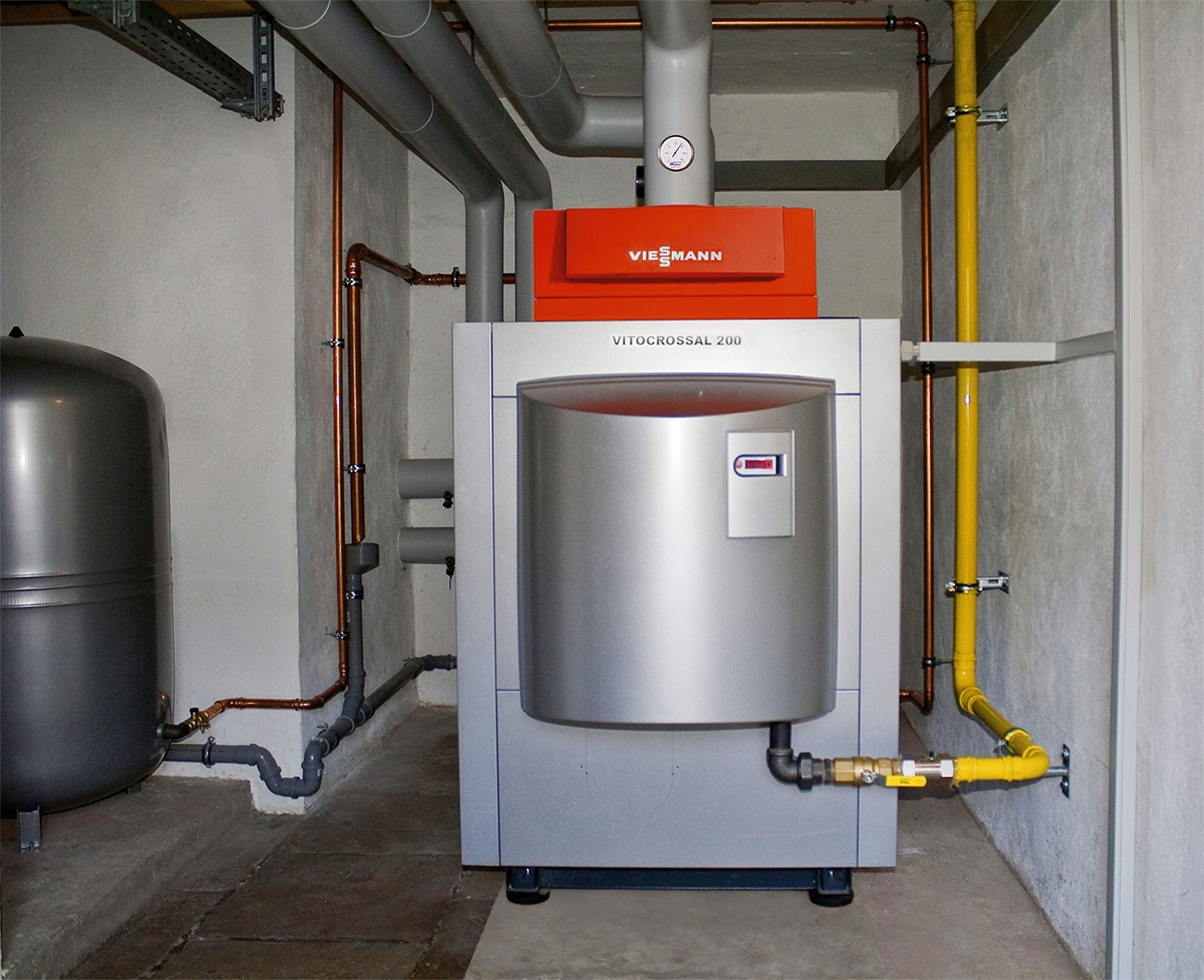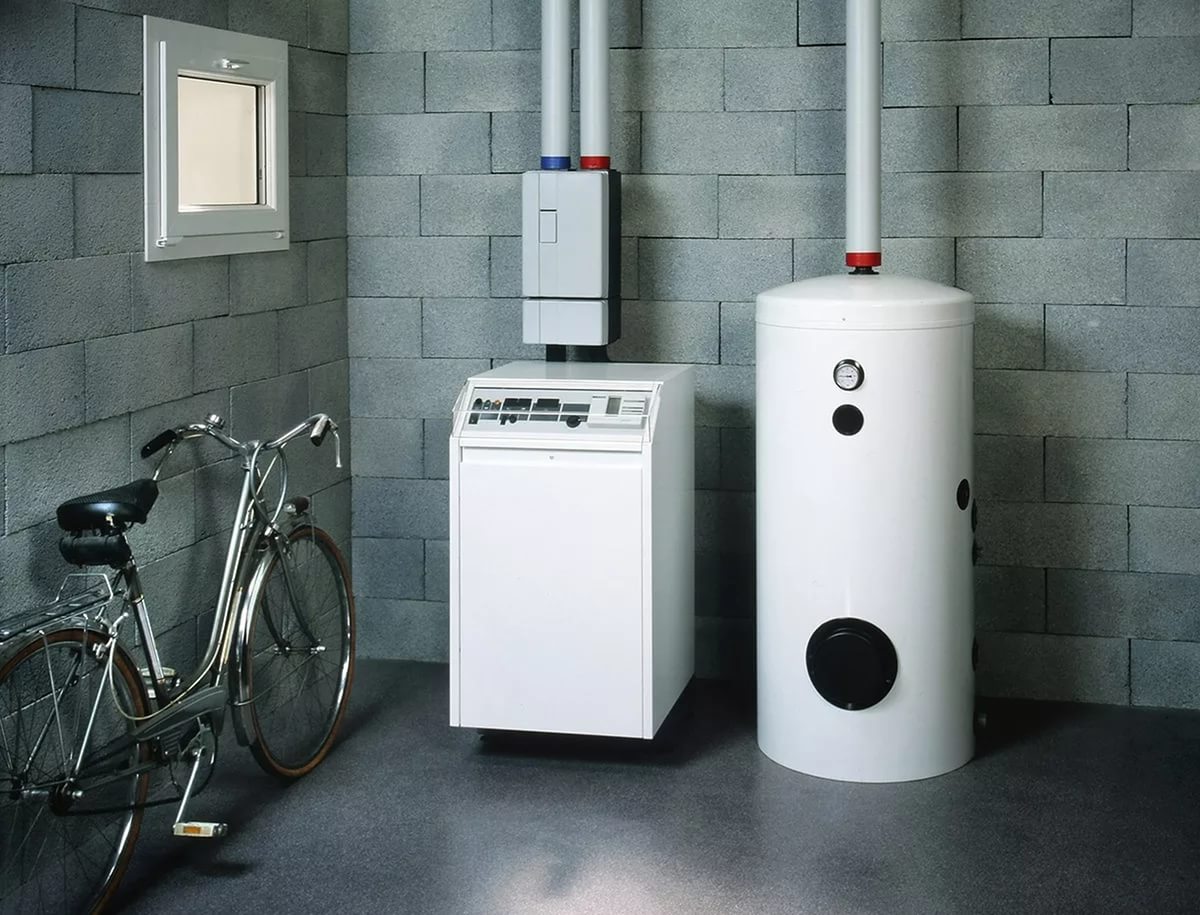Combined boilers: design features
Content
Country housing construction is at the peak of popularity, and the reasons for this phenomenon lie not only in the opportunity to live in the lap of nature. Of great importance is the opportunity to enjoy not only clean air, but also comfort. Autonomous communications, including combined heating boilers, are able to provide the family with everything necessary: heat, hot water and other benefits of civilization.
Heating systems are needed in every home, and the main criterion for choosing is the availability of coolant. The most popular among them is natural gas, but what if it is promised to be brought to the house in a few years or not at all?
It was for such difficult situations that combined boilers working on various types of fuel were developed. Their main advantage is the ability to switch from one energy source to another with minimal cost.
Types of Combined Boilers
Modern combined hot water boilers can run on several types of fuel. Among the most common variations, the following types of equipment can be distinguished:
- solid fuel and natural gas;
- natural gas and diesel fuel;
- solid fuel and electricity;
- solid and diesel fuel, natural gas.
Such a variety of options allows you to choose a combined boiler in full accordance with the requirements of the property owner.
All types of combined boilers can be divided into wall and floor, single-circuit and double-circuit. For a small house, a wall-mounted boiler is optimal, but such models work mainly on natural gas and fuel. If combined heating boilers use firewood as one of the types of fuel, then they will certainly differ in impressive dimensions. After all, it is necessary to lay a sufficient amount of firewood, and this requires volumetric cameras. As a result, combined solid fuel boilers are floor-standing models.
Solid fuel boilers are divided into single-circuit and double-circuit models, depending on the number of heating circuits. One circuit is needed for the heating system, the second - for hot water supply. A number of manufacturers offer single-circuit combined boilers for heating a private house with the ability to connect a boiler. Such models are the best option for those who plan to settle down in a country house gradually.
The device of combined boilers can be single-boiler or double-boiler. In models with a single furnace, when changing the energy source, you will have to change the burner, but such heating equipment is more affordable. In dual-fuel models, it is enough to transfer the heating system from one type of fuel to another, this takes a minimum of time, but such boilers are much more expensive.
Solid fuel and electricity boilers
Today, electricity has gained maximum distribution; a distribution network is connected to any country house. This makes a single-circuit or double-circuit boiler of this type the optimal equipment for a country house.But, on the one hand, heating on electricity is expensive, they prefer to use it only as a backup energy source. On the other hand, wires in the winter can break at any time under the weight of wet snow or wind. It is for this reason that the combined firewood-electricity boiler has become popular with suburban real estate owners. When the power supply network is cut off, it is enough to throw firewood and it will be warm and comfortable in the house.
The design of floor boilers of this type is not difficult. Above a single firebox there is a water tank through which a chimney passes. TENs are located in the tank, their number may be different. Improved boiler models have an additional heat chamber located above the tank. From it through the pipes laid in the tank, the removal of combustion products is organized. This increases the efficiency of thermal equipment.
Natural Gas and Wood Boilers
The optimal choice for property owners in new cottage villages is a solid fuel boiler "gas-firewood". Where they promise to bring main natural gas in the near future, coal and other solid fuels can be used to heat up this project. It can be firewood, peat, pellets - small granules from pressed sawdust.
Depending on financial capabilities, you can choose a single-flow or two-flow combined gas-wood boiler. Models with one firebox have more compact sizes, but the transfer from one type of fuel to another will take time. Double-fuel boilers have a gas burner installed in the lower firebox. When working on blue fuel, the entire structure warms up, which significantly increases the efficiency.
The disadvantage of such models is the ingress of ash into the lower chamber. Two fire chambers have to be cleaned when servicing the boiler, but this is typical for low-cost models. Top boilers are equipped with a special pan installed under the upper heating chamber, in which solid fuel burns. They protect the lower firebox from ash.
Boilers for natural gas and diesel fuel
The widespread availability of diesel fuel was an excellent opportunity to supplement the gas boiler with another burner. As a result, it became possible to work on one of two popular energy sources. Such cast-iron combined boilers are characterized by high efficiency, and single-flow models attract at an affordable price. When changing the energy source, it is enough to change the burners, which are largely similar to each other and therefore the fuel is changed quickly.
Similar mixed boilers also have a drawback; it consists in high costs for the arrangement of a diesel fuel storage system and its supply to the boiler room. It is necessary to purchase a container, equip it with breathing valves and other specialized equipment. The delivery of diesel fuel is also notable for significant costs.
Multipurpose Combined Boilers
Manufacturers of heating equipment have developed a combined solid fuel boiler that can run on diesel fuel, natural gas and electricity. Such versatility is relevant for holiday homes, resorts, motels, and other suburban commercial real estate. Such a combined boiler works on pellets, coal, wood and other types of fuel. A wide selection of energy options allows you to constantly use two or three types of fuel, without fear that the object will remain without heat. In an extreme case, the backup option will be the transfer of equipment to electricity.
How to choose a combined boiler?
Available types of energy are the main criterion for choosing combining boilers. The most popular models are fuel equipment, which necessarily works on coal or wood.The popularity of pellet boilers is growing, this environmentally friendly fuel is becoming more affordable. They show good efficiency, which is not lower than that of a wood boiler.
In addition to choosing the fuel that the heating equipment will run on, it is necessary to pay attention to important technical characteristics when choosing a boiler. The main parameter of this technique is power.
Regardless of whether you choose a combined gas-electricity boiler or another model, the performance should be sufficient to heat your home. With standard ceilings and a heated area of 300 square meters, the power of the combined boiler must be at least 30 kW.
Even if the combined boiler consumes mainly gas (the most affordable fuel), when choosing equipment, pay attention to efficiency. The higher this indicator, the lower the energy consumption. Highly efficient equipment will reduce the cost of heating costs. Since the boiler is purchased for 10-15 years at least, the work of economical models will be more cost-effective.
The number of heating circuits is also an important feature of the equipment. If a boiler is purchased for a house with a permanent residence, then the double-circuit model will be the best choice. It will provide not only heat, but also hot water at minimal cost.
Do not forget about such a simple, but important characteristic of heating equipment, such as the dimensions of the boiler. Most models are impressive in size, which with a limit on usable area can be a serious problem. This is especially true for boilers with several furnaces. Also worth paying attention to equipment equipment automation. It is designed to provide the simplest controls and the highest degree of security, protect against freezing.
